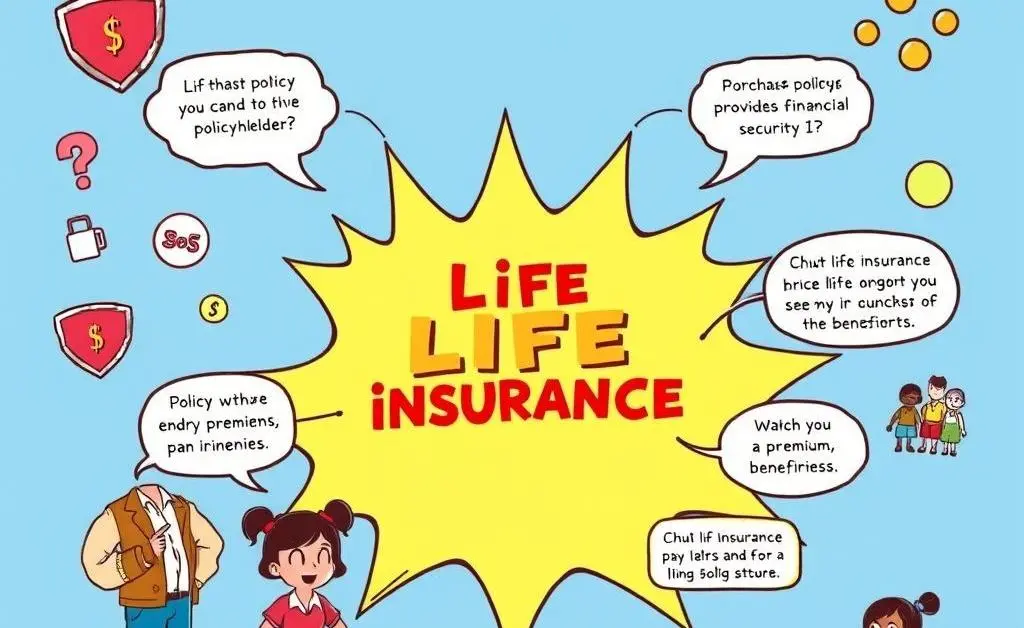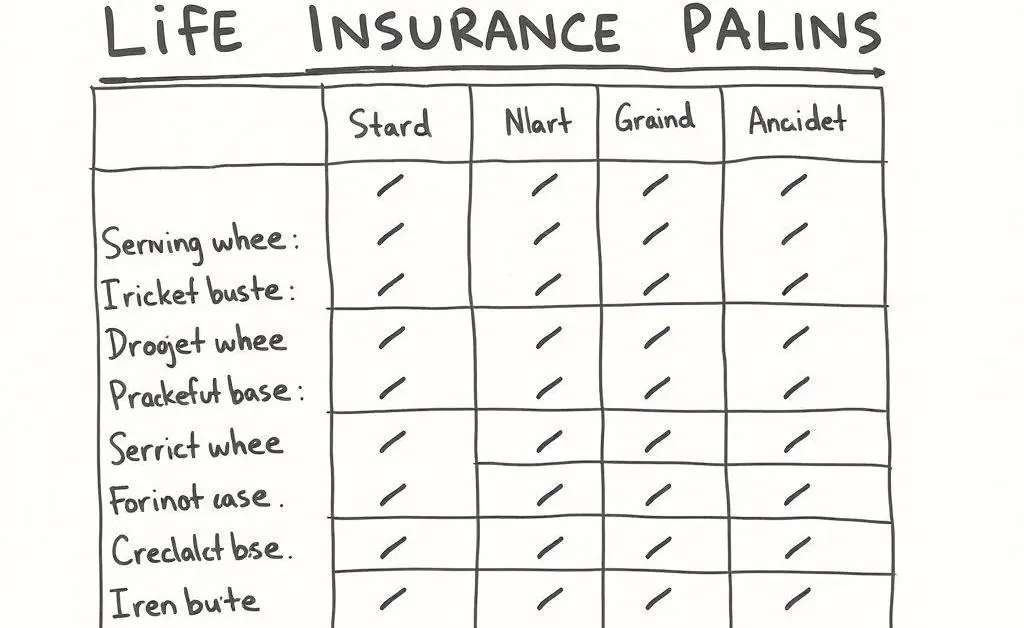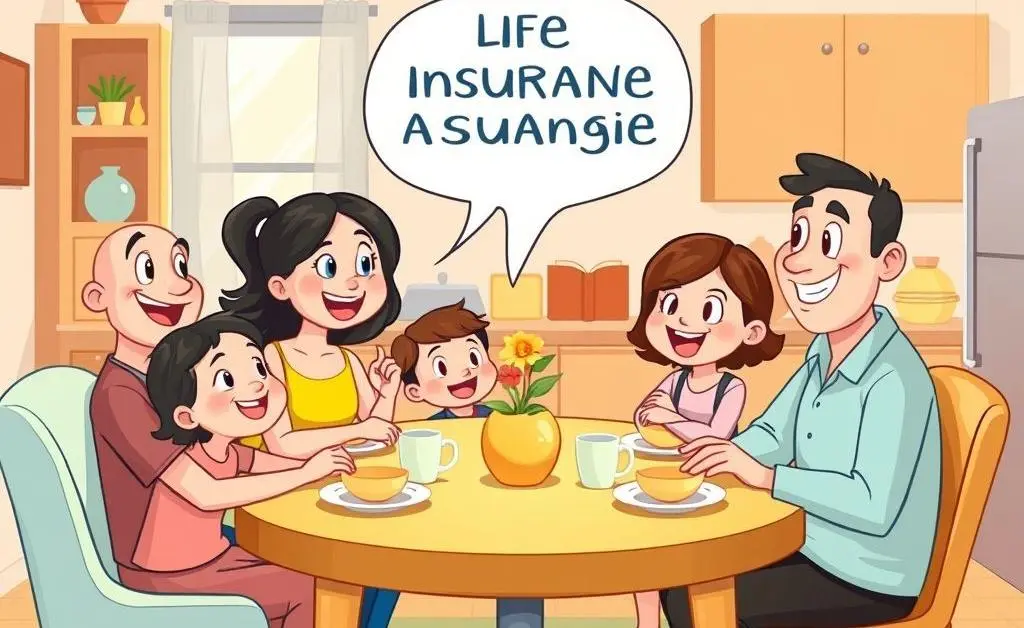Demystifying Life Insurance: Your Guide to Making Informed Choices
Navigate life insurance with ease — tips, insights, and what to consider.

Life insurance can feel like a daunting topic, but it doesn't have to be. Whether you're new to it or just need a refresher, let's break it down together. I promise you, it's worth understanding!
What is Life Insurance, and Why Should You Care?
Life insurance is essentially a contract between you and an insurance company that ensures financial security for your loved ones in case something happens to you. But it’s not just about securing the worst-case scenario—it's about peace of mind.

Types of Life Insurance: Which One Fits You Best?
Choosing a policy can be like walking through a labyrinth. There are two main types of life insurance: term life and whole life. But don’t worry, I’ve got your back!
- Term Life Insurance: Covers you for a specific period (say, 10 or 20 years). It’s usually the most affordable option.
- Whole Life Insurance: This policy doesn't expire and may build cash value. Ideal if you want coverage plus a savings component.

Each type has its perks and pitfalls. If you're like me and want to keep things simple, term life might be the way to go as it often meets most basic needs at a lower cost.
Factors to Consider When Choosing a Plan
Whenever I chat with friends about their policies, three main considerations stand out:
- Coverage Amount: Enough to cover debts, final expenses, and living costs for your family.
- Policy Duration: Does it make sense long-term?
- Budget: Ensure premiums fit comfortably into your financial plan.
Take your time to shop around. Comparing quotes and policies is crucial!

How to Get Started
Diving into life insurance might seem overwhelming, but the first step is simple—research! Jot down questions, compare policies online, and maybe even consult a trusted financial advisor.
And remember, life's unexpected—you'll thank yourself for securing your family's future. Have you tackled life insurance yet? What was your experience like? Let’s continue the conversation.
Until next time!




